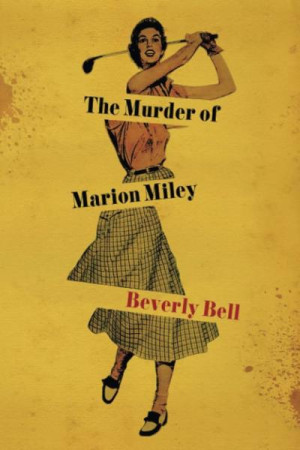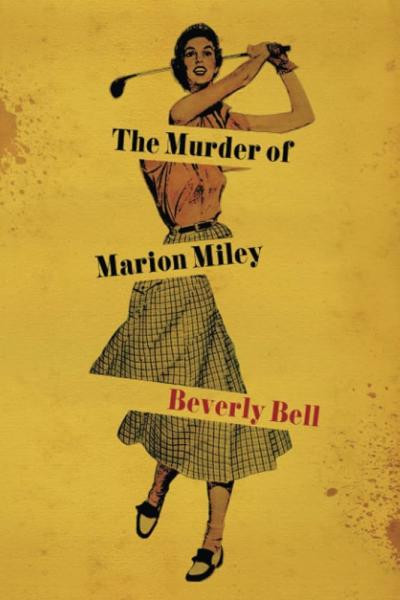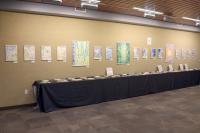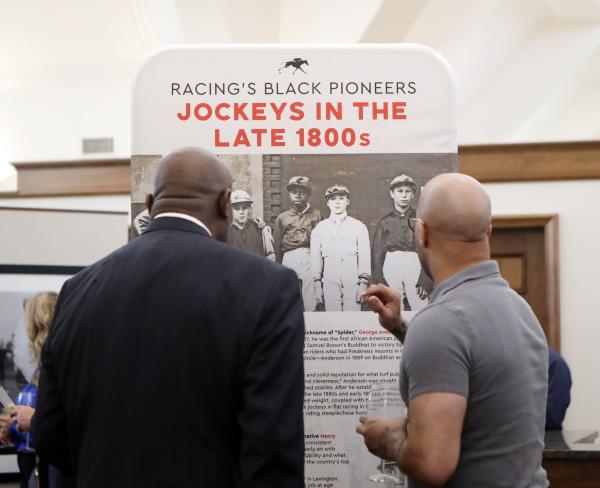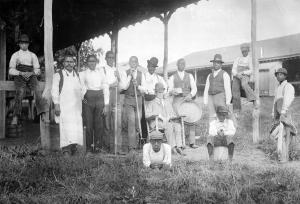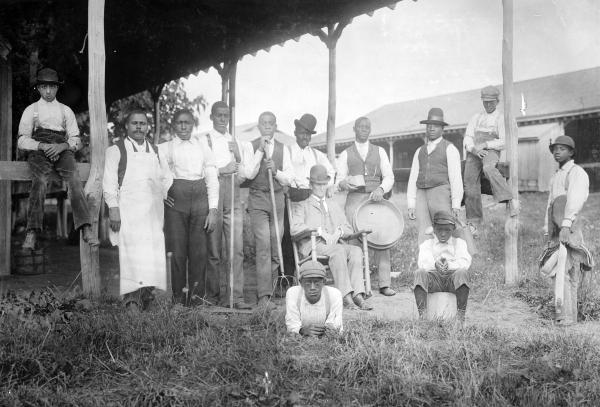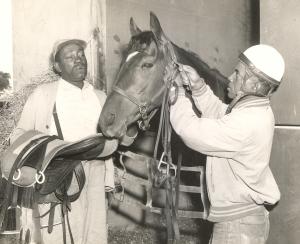

Website Search
Join Roda Ferraro, Director of Keeneland Library, as she presents The Heart of the Turf: Racing’s Black Pioneers, a talk with Q&A that highlights the lives and careers of African American horsemen and women from the mid-1800s to today.
Marion Miley looked like the all-American girl: tall and athletic, with bronzed skin, a chestnut-brown bob and a big smile.
“Here is a girl with that something!” one newspaper writer exclaimed.
The Lexington Public Library's virtual book club for our 2016 One Book One Lexington pick, How It Went Down by Kekla Magoon.
Located on the fourth floor of the Central Library, this space invites children and students to learn about Science, Technology, Engineering, Arts, and Math through hands-on experiences. Programming events targeted toward upper elementary and middle-school aged students include circuits, robotics, augmented and virtual reality, coding, 3D printing, recording in the audio booth, and so much more.
The Heart of the Turf: Racing’s Black Pioneers traveling exhibit developed and shared by Keeneland Library, highlights the lives and careers of 100 African American horsemen and -women from the mid-1800s to the present. One-of-a-kind photographs from Keeneland Library collections capture moments across their varied careers, while biographical vignettes honor their lasting legacies.
From racetrack superstars to behind-the-scenes caretakers, The Heart of the Turf: Racing’s Black Pioneers showcases select stories of the countless African Americans who forged their way in Lexington and beyond from the era of slavery to the present, making the racing industry what it is today.
Letters to and from Father William T. Punch (1874-1933). Father Punch was instrumental in building the 3rd St. Peter Catholic Church on Barr Street in Lexington, KY.
The 1906-07 Lexington cross directory contains residential and business information for the city, arranged both alphabetically and by street, with a business listing by category. It also contains city officials and departments, and basic historical and landmark information. The advertising section is printed on yellow paper.
The diary (ca. 1899) of Katherine Pettit, details her settlement work for the Kentucky Confederation of Women's Clubs, made yearly trips to Hazard during this period and was a central figure in establishing the Hindman (Kentucky) Settlement School in 1902. Activities described here include teaching, reading, cooking, and hygiene. The diary also includes daily entries (August 3-September 13) detailing Pettit's travel from Lexington and Hazard with fellow settlement workers, her encounters with Hazard and mountain families, and the general scope of her work. Also includes a manuscript map of her camp.
The Kentucky Gazette was the first paper established west of the Allegheny Mountains. The frontier paper focused on East Coast and International news, though some local announcements can be found. Later, the paper focused on disseminating opinions on politics and issues of concern on the frontier. When political parties emerged, the paper developed a Democratic (conservative at the time) bent.
This work contains information about French Emigrants to America over the years 1789-1799, and provides a history of the French Revolution. The work was originally in French, and was translated into English by an anonymous translator using the pen name, "A Lady." Published in 1800 in Lexington, KY
Dr. Rania Belmadani was born in Algeria, lived in Spain for more than 15 years, and now calls Lexington her home. She serves as a Language Access Specialist with GlobalLex. Rania is fluent in five languages – Arabic, French, Spanish, German and English. In addition, she holds multiple degrees from universities in both Algeria and Spain.
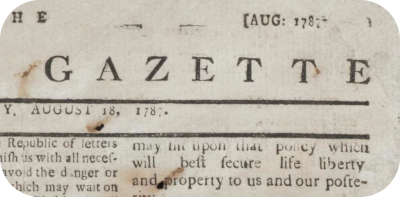
Search, view, and download digitized historical Lexington, KY Newspapers covering the 18th, 19th and 20th centuries.

Content from over 80 Kentucky newspapers and news sources, including the Lexington Herald-Leader.
This collection consists of Black community news published under the headline “Colored Churches,” “In Colored Circles,” or “Colored Notes”; and other articles of social interest, including marriages, public events, and obituaries.
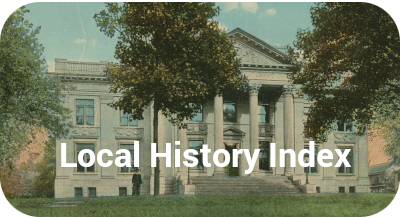
Search selected articles in Lexington newspapers about significant people, places, and events from 1787-2007.
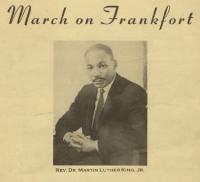
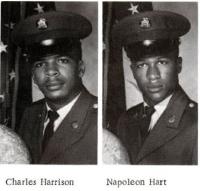
The United States Army Armor School began in 1940 as the Armored Force School and Replacement Center at Fort Knox, Kentucky.
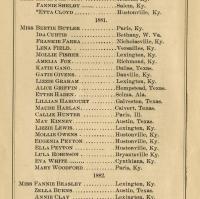
The library has a variety of directories and yearbooks with local information. In the library's current digital collection, there is a selection of residential and street directories, yearbooks, school directories, and organizational directories. These are all fully word-searchable.
The Kentucky Farmer is the newspaper of the Kentucky State Agricultural Society, reporting on matters of agriculture, manufacturing and commercial interests in Kentucky. It was published in Frankfort and Lexington from August 12, 1837 to sometime in 1842, possibly beyond.
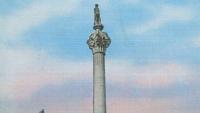
The Kentucky Images collection contains postcards, photographs and slides of people, architecture, and locations in Kentucky and Appalachia.
Alex Garcia is originally from Los Angeles, California. He attended the University of Kentucky in 2004 and graduated with a Bachelor of Arts degree in Psychology in 2008. He then attended the University of Kentucky College of Law and earned his law degree in 2012. After graduating from law school, he began his legal career working at the Fayette Commonwealth’s Attorney Office prosecuting serious felony crimes such as murder, robbery, kidnapping, and assault.







